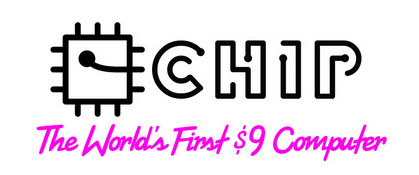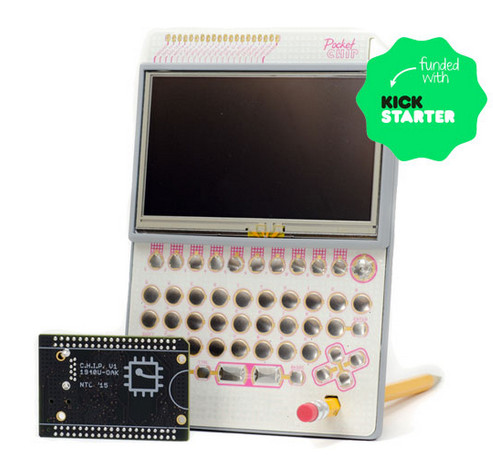Following up on the work started last week, I finished implementing initial support for displaying the NV12-based tiled format (that we shall call MB32-tiled NV12). The frame, that was dumped from the VPU, is now correctly displayed on the screen (after adapting scaling coefficients that needed specific tweaking for this use case).
The result can be shown in the following picture, where our Big Buck Bunny has the right coloring:
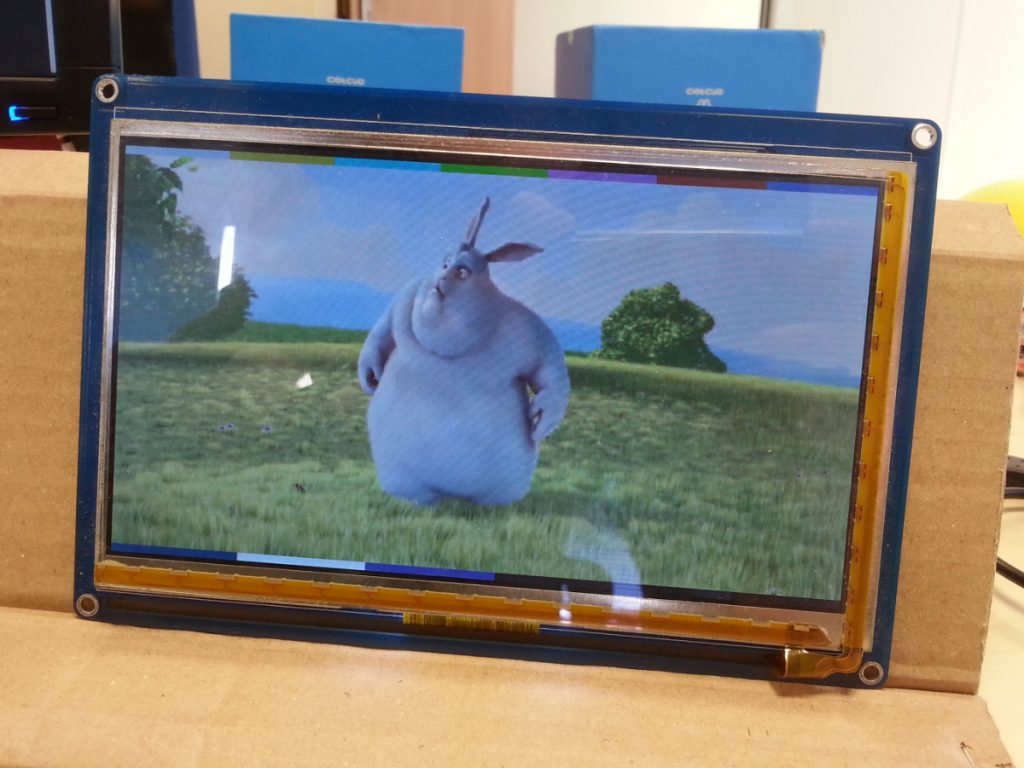
Scaling is also supported for the tiled format, so the frame can be shown in full screen without resorting to software scaling.
A series of patches supporting these features was sent for review on the dri-devel mailing list, where it already got some feedback from Maxime Ripard (who maintains the sun4i DRM driver impacted by these patches) as well as other members of the community! There is already enough material to craft a second version and send it again for review.
Significant time was spent figuring out the DRM, KMS, DRI and X11 graphics pipeline (as well as specific details of the inner workings of display hardware) and how to properly integrate the overlay DRM plane with all this. We are evaluating all our options here before spending time on a specific implementation. Of course, we are trying to keep things as generic as possible and avoid introducing platform-specific code in userspace, but there are also challenges to overcome in this regard. On the Wayland side, things are looking much brighter as compositors such as Weston have support for managing hardware planes directly, so there should be less work required.
Finally, I started working on dmabuf support, that I am testing with gstreamer‘s kmssink, that allows outputting directly in a hardware plane. Once this work is ready, we’ll be able to get an idea of the performance of the VPU when it is not limited by software-based untiling and compositing. Stay tuned for updates in this direction!

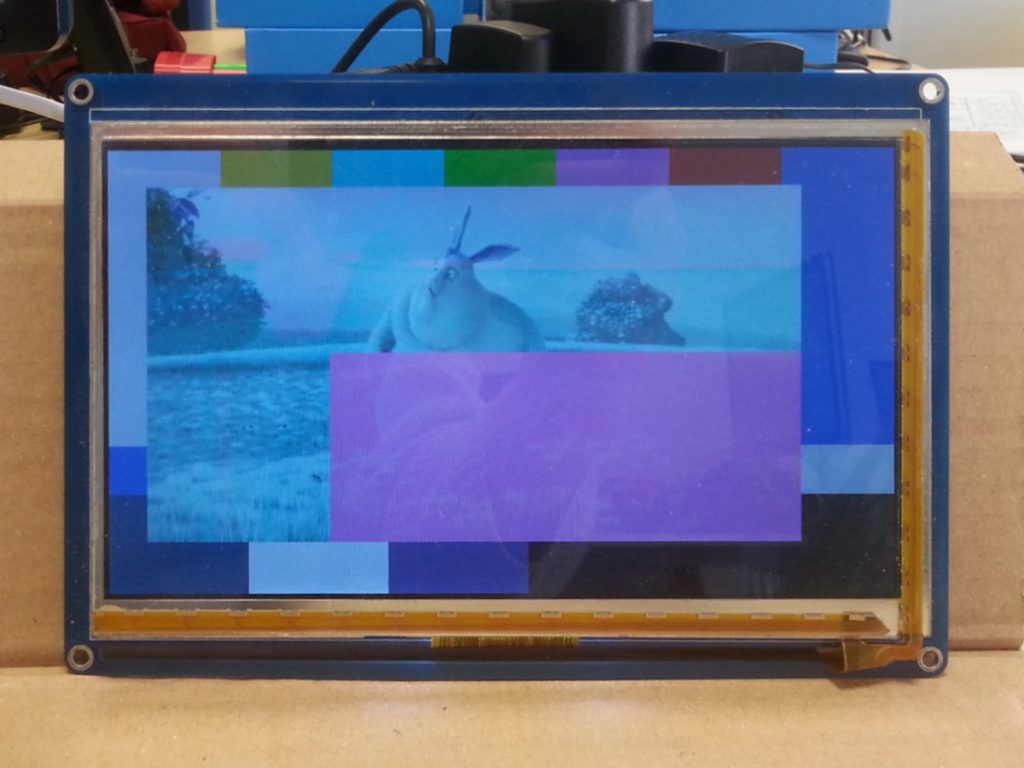
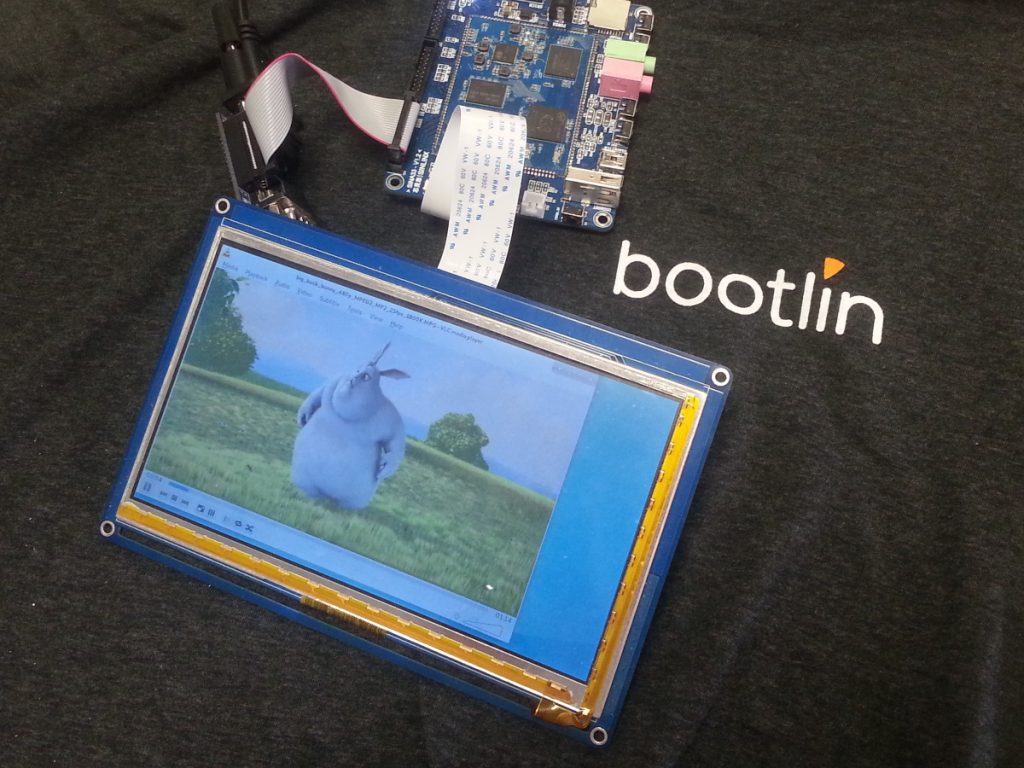
 Linus Torvalds has released the
Linus Torvalds has released the 
